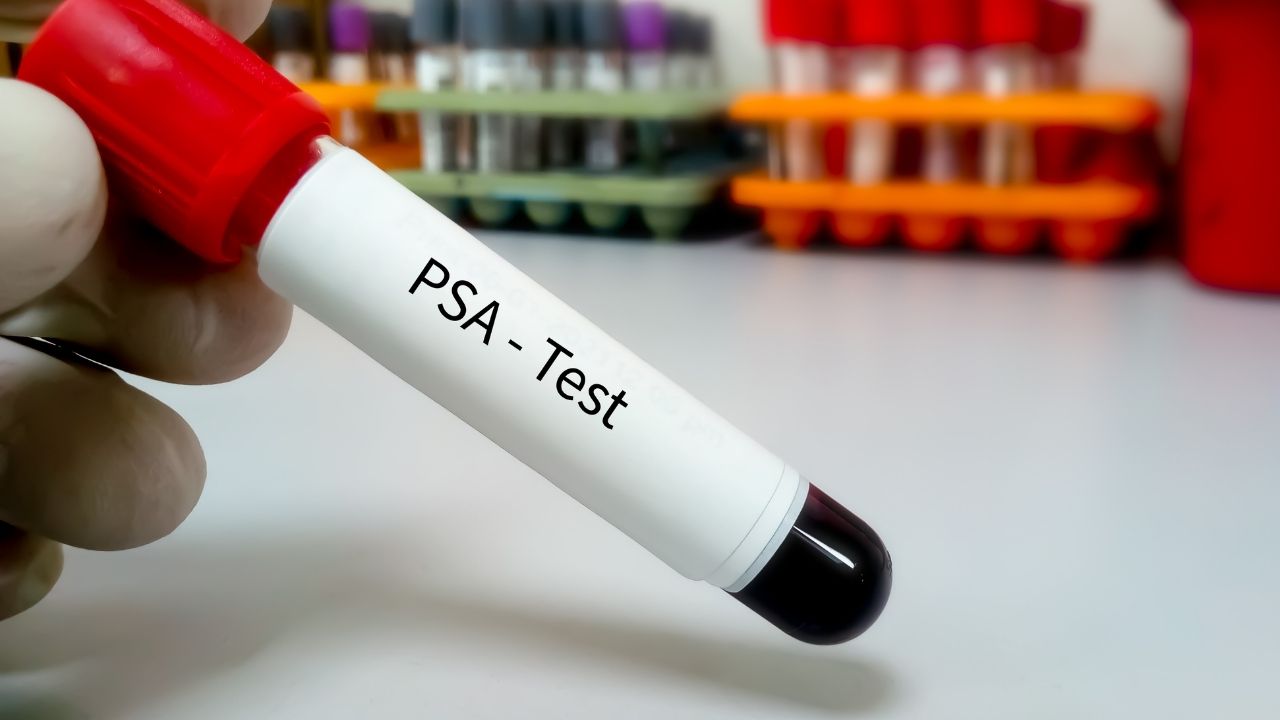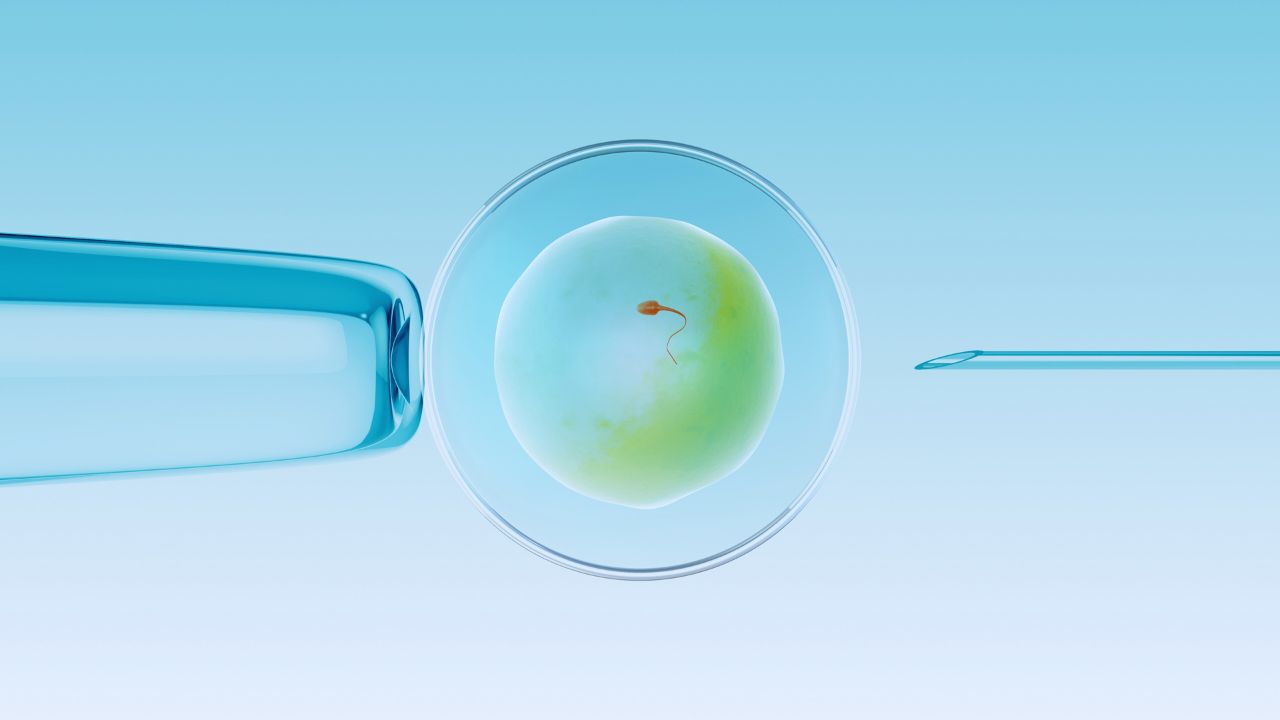Drug testing can sometimes give inaccurate results, with false positives being a common issue. A false positive occurs when the test wrongly indicates the presence of a drug that was not taken. This can have profound implications, especially for those in sensitive positions or undergoing legal proceedings. Understanding how these errors happen is key to preventing them. Fast Drug Test Solutions at DrugTests.co.uk offer reliable options for avoiding such mistakes.
A variety of factors can cause false positives. Certain medications, foods, or even medical conditions can trigger these inaccuracies. Over-the-counter medicines like cold remedies or pain relievers are frequent offenders. Eating poppy seeds, for example, may lead to a test result showing the presence of opiates. By identifying these factors, you can choose the right testing methods and avoid unnecessary stress. Reliable testing kits, like those available at the UK’s fastest drug testing kits, can help minimise these errors.
You can reduce the risk of false positives with the right approach. Selecting high-quality testing solutions and being aware of what influences test results are steps in the right direction. Knowing what can interfere with test accuracy allows you to take preventative actions and select suitable testing options.
Mechanisms of False Positives in Drug Testing
When it comes to drug testing, false positives are a significant concern. They can arise for various reasons, such as the chemical structure of substances interfering with tests, limitations in testing methods, contamination of samples, and identifying the wrong metabolites.
Cross-Reactivity and Similar Substance Interference
False positives often occur when a drug test confuses one substance with another. This happens due to cross-reactivity, where substances share similar chemical structures. For instance, over-the-counter medications or certain antibiotics may cause unexpected positive results in opiate tests. Drugs designed to detect recreational substances may mistakenly react with compounds in medications. Flawed tests lead to inaccurate results by not distinguishing between chemically related substances.
Preventing cross-reactivity involves confirming results with more specific methods, like gas chromatography-mass spectrometry (GC-MS), which reduces these errors. Awareness of medications or substances that might interfere can also help limit false positives.
Immunoassay Design and Limitations
Immunoassays are common in initial drug screenings because they detect multiple substances quickly. However, these tests have limitations. They often provide presumptive positive results, meaning they’re a preliminary step. The tests rely on antibodies that may react with similar compounds, potentially causing false positives.
Confirmatory techniques like liquid chromatography-tandem mass spectrometry (LC-MS/MS) are used to improve reliability. These methods are more specific, reducing the chance for error. Being aware of the assays’ capabilities and pairing them with confirmatory tests strengthens the accuracy of drug testing.
Contamination and Sample Mishandling
Contamination and mishandling of samples are direct contributors to false positives. Mistakes during collection, handling, or labelling can lead to erroneous outcomes. For example, if samples are mislabeled, it can result in incorrect results being attributed to the wrong individual.
Avoiding contamination requires strict adherence to protocols. This includes using clean equipment, maintaining clear labels, and following detailed procedures during collection and analysis. Laboratories often have checks to double-check all steps involved in the process.
Metabolite Misidentification
Drug tests may identify a non-specific metabolite as a false indicator of drug use. Metabolites are the chemical byproducts formed when the body processes a drug. A non-drug substance is occasionally broken down into a molecule picked up by tests.
To avoid mistakes, tests should focus on identifying more precise markers. Using advanced technology like LC-MS can help differentiate between metabolites accurately. Staying updated with recent metabolite findings can help labs choose the right drug markers.
Strategies to Minimise False Positives
Reducing the chance of false positives in drug testing requires careful procedures and quality checks. Implementing specific strategies at various stages can greatly improve accuracy and reliability.
Rigorous Sample Collection Procedures
Proper sample collection is important to minimise errors. You should start by using trained professionals who adhere to strict guidelines during collection. This includes verifying the identity of the individual providing the sample and guaranteeing no external substances can contaminate the sample.
Ensure the sample containers are labelled and sealed correctly to avoid mix-ups. Providing detailed instructions to individuals being tested can also help reduce mistakes that lead to false positives.
Implementation of Confirmatory Testing
Initial screening tests may sometimes result in false positives. Implement confirmatory testing measures to address such occurrences. These are more detailed methods like gas chromatography-mass spectrometry (GC-MS), which provide greater accuracy.
Confirmatory tests act as a secondary layer of verification, reducing the likelihood of false results. As confirmatory testing is more precise, it can help distinguish between false positives and true results, offering a clearer picture.
Utilisation of High-Specificity Tests
Choose tests with high specificity to decrease false positives. High-specificity tests are better at correctly identifying substances in the sample, reducing the risk of misinterpretation.
These tests are designed to target specific compounds accurately, making them preferable when precise results are necessary. Using such tests can prevent incorrect positive results stemming from non-target substances that may be present.
Regular Review and Quality Control
Maintain a routine schedule for reviewing and updating testing protocols. Regularly assessing these practices helps identify potential issues that might lead to false positives.
Implement quality control processes such as periodic audits and staff training updates. These can provide insights into necessary changes or improvements in the testing process, ultimately helping to maintain high standards and improve testing reliability.
Conclusion
In drug testing, false positives can be a challenge. Such results occur when tests wrongly detect drugs in someone’s system. This can happen due to certain foods, medications, or improper testing procedures.
To reduce false positives, make sure tests are confirmed with more specific methods like GC-MS. This helps verify initial results and provides accurate information.
Educating those involved in drug testing about the potential for false positives is important. This includes being aware of substances that might interfere with test results.
Regularly reviewing testing procedures can improve accuracy. Keeping equipment updated and following strict protocols are simple steps to prevent mistakes. By doing so, you minimise the risk of incorrect results.










































